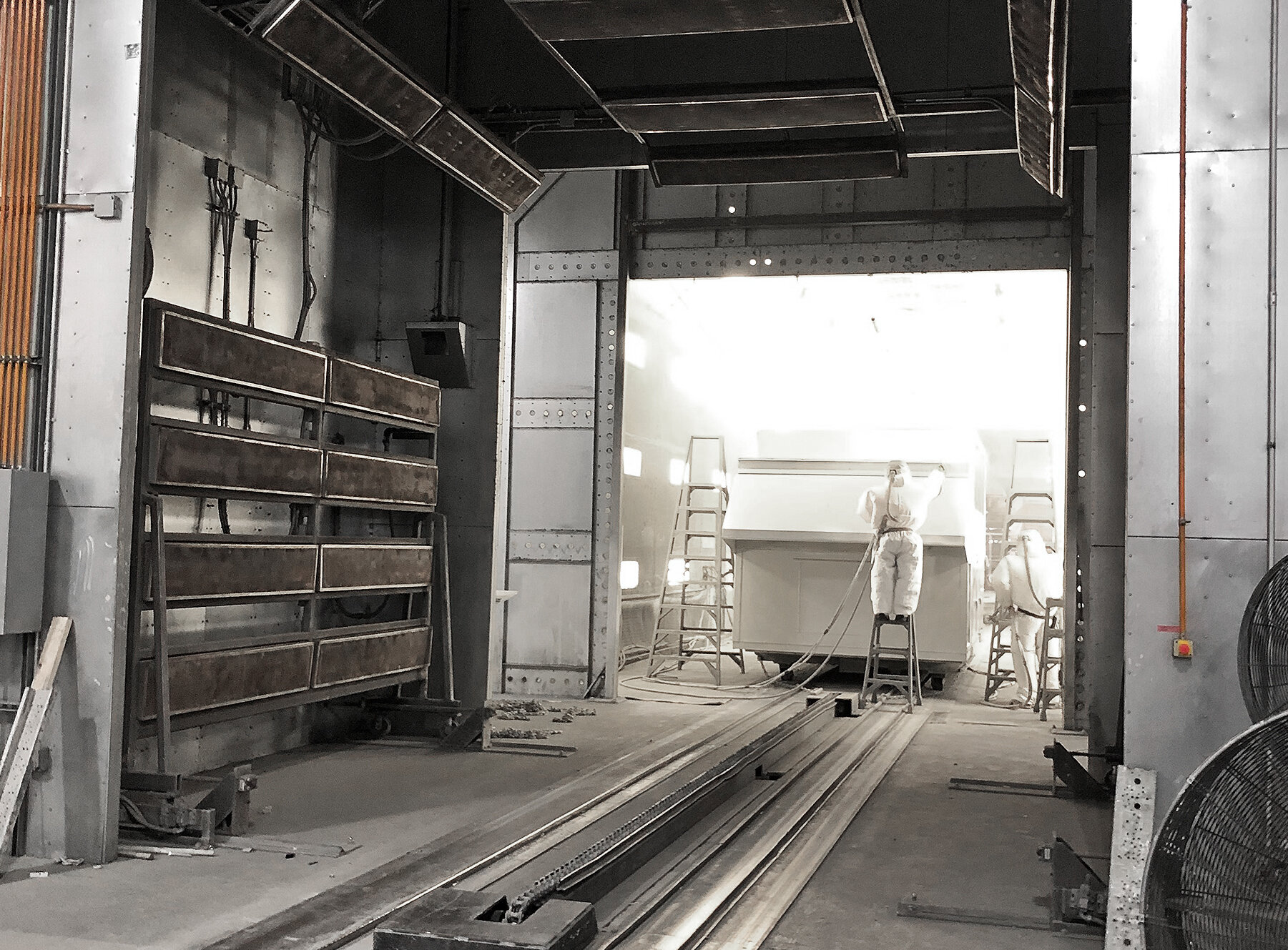
resources
cis infrared ovens & heater systems
This page contains technical details and downloads about CIS Heaters & Ovens
For additional details or information please contact us at sales@catalyticirovens.com or 800-835-0557
MANUALS & BROCHURES
troubleshooting
This download contains the most common problems, causes and corrective action for CIS ovens
HEATER opERations
CIS catalytic heaters requires both electricity and gas to operate. Electric power is required to preheat the heater. During startup, the enclosed electric heating element (ITEM E) is turned on for about 15 to 20 minutes. Once the catalyst has been warmed up, gas can be introduced via the safety valve (not labeled) to begin the catalytic heating process. Gas enters the heater via the dispersion tube assembly (ITEM B) and is dispersed by the dispersion screen (ITEM C). The gas diffuses through the insulation (ITEM D) to come in contact with the catalyst (ITEM G) to initiate the catalytic reaction. Infrared energy is emitted out along with CO2 and water vapor. The thermocouple is used to control the safety valve or the gas solenoid valve. If the catalyst falls below safe operating temperature, the thermocouple will shut off the gas valve to prevent gas from being emitted.
FAQS
Q: Why won’t the heater panels stay lit?
Make sure the fuel gas pressure is 3.5” wc (8.7mBar) at high fire. Also, check to be certain that the thermocouple and safety valves are working. Then, check that the communication between the control panel and motor valves, thermocouples, and other instruments are firmed and connected.
Q: How DO We clean the heater panels?
CIS heater panels generally do not need cleaning. It is important NOT to apply pressurized air or rough material to the face of the heater to avoid damaging the heater panel. If there is sufficient dust or other foreign matters found on upward facing heater panels, a gentle cleaning material (such as Swiffer® may be used) to gently knock the foreign material off.
Q: The coating process has changed and more heat is required. What are our options?
Depending on the production line speed, it may be possible to increase the heat applied by moving the heater panels closer to the product to be heated. If space allows, additional zones can be added to the existing system.
Q: We have a convection system already in use. Can a CIS gas catalytic oven be used in our process?
This can be easily done with either an add on section to the front of the existing system, or, If space is limited, a retrofit heater-on-racks system may be added inside the existing convection oven structure. Send us your application details by requesting a quote and send any additional information about your system.


